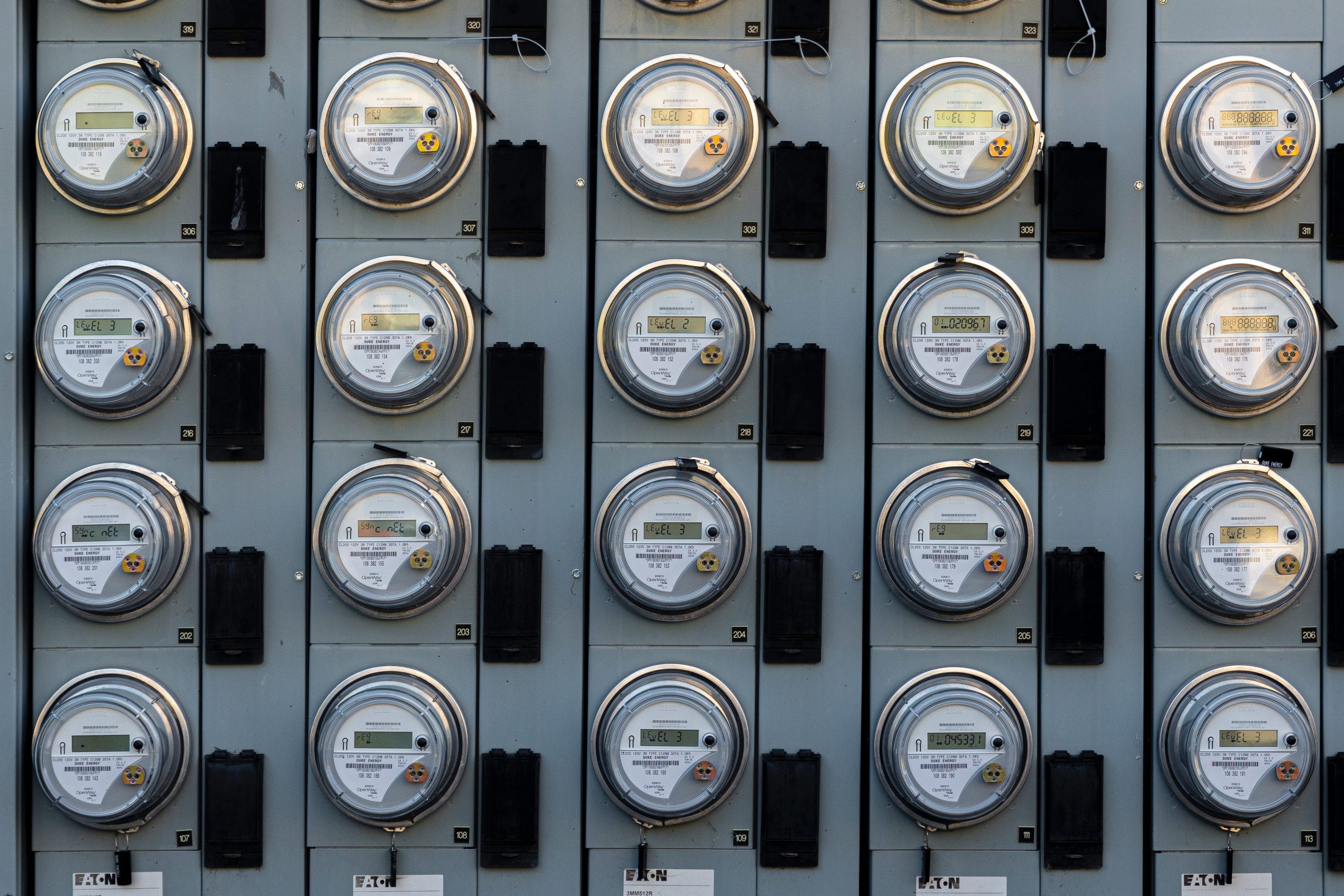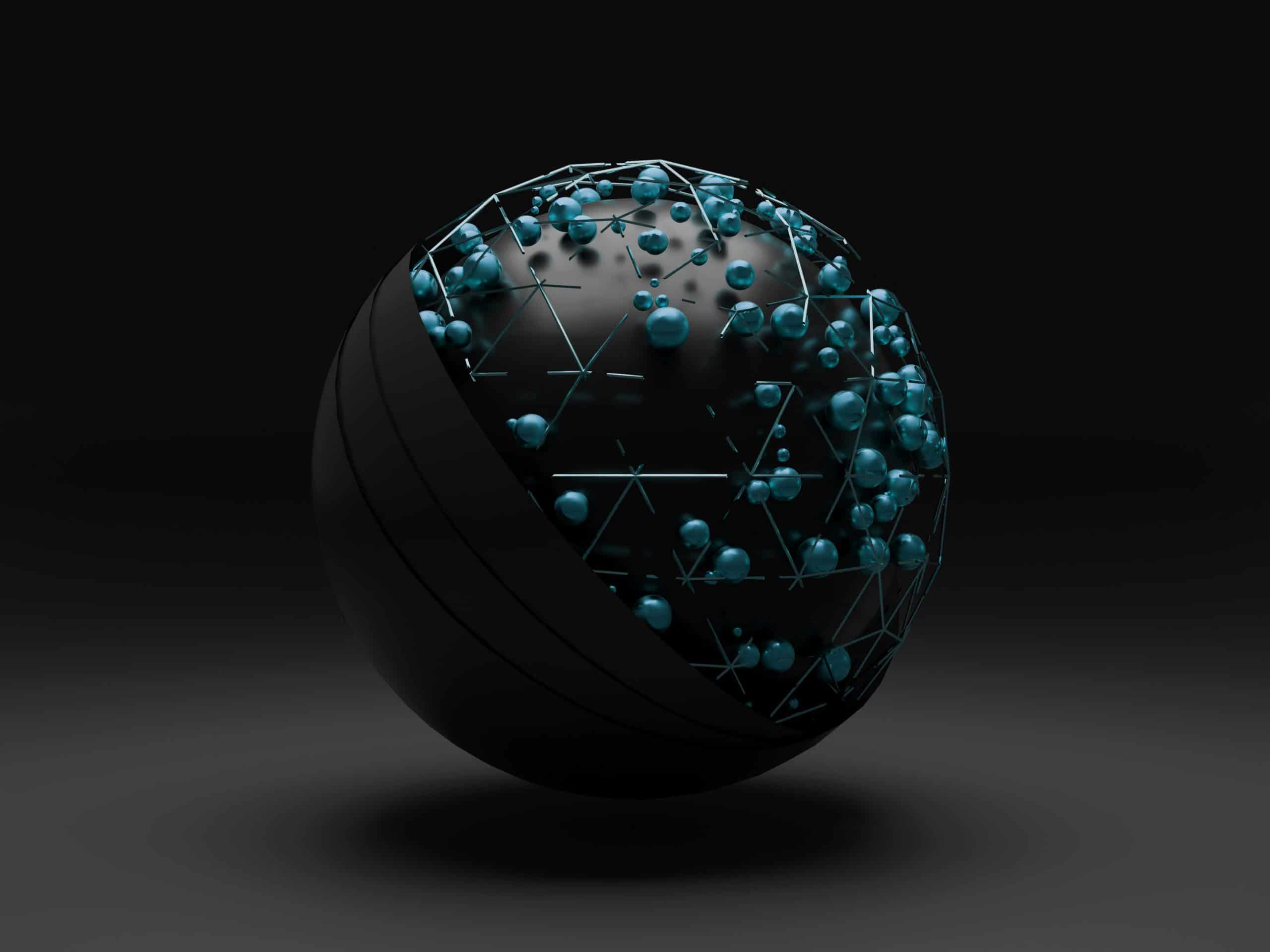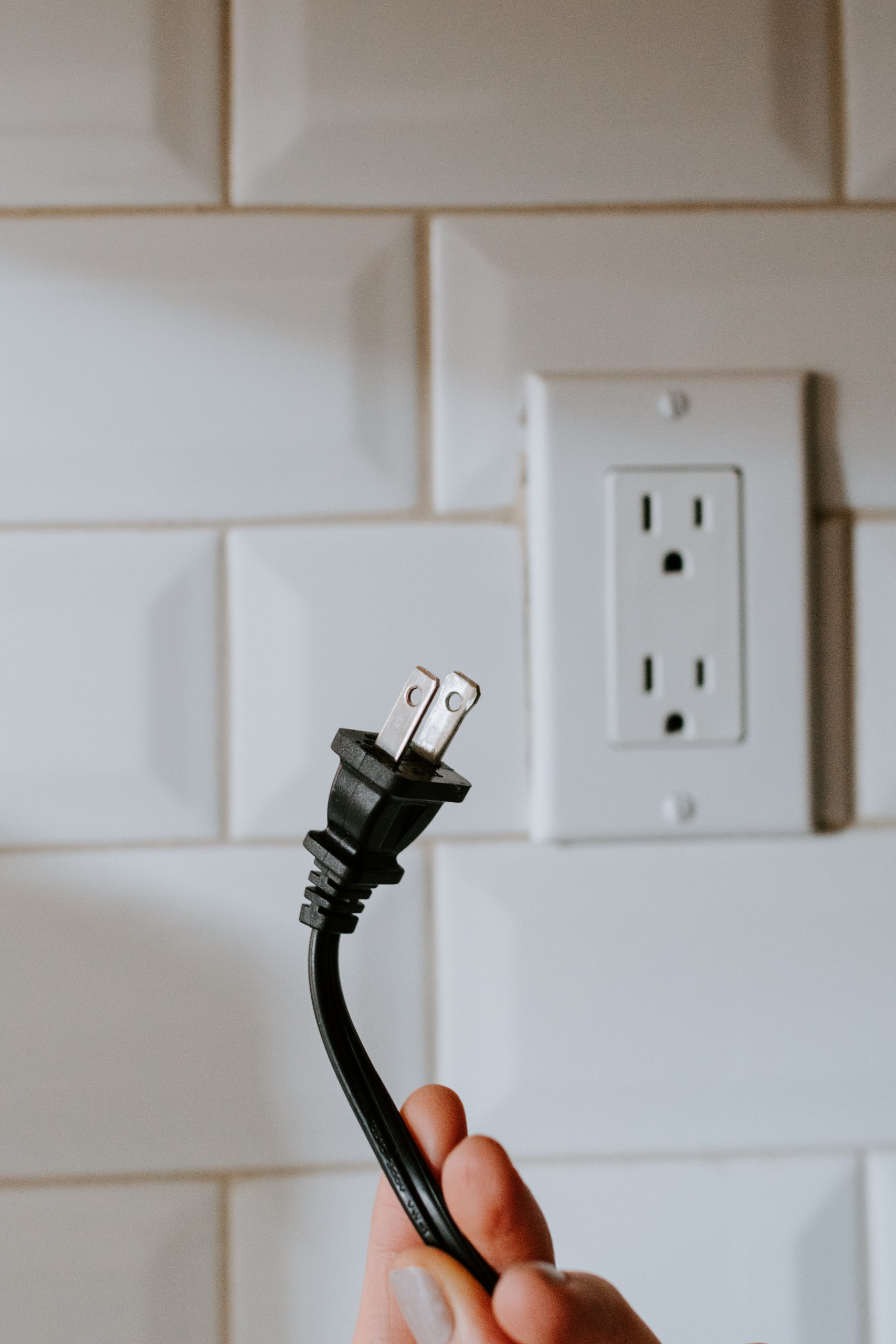Summary
AMI stands for Advanced Metering Infrastructure. AMI is a network of smart-meter infrastructure located at individual homes and buildings that help collect energy usage and billing data from individual consumers and communicate it to their electricity provider. AMR stands for Automatic Meter Reading. AMR meters are devices that pre-date AMI infrastructure. This newer technology is used on the consumer and distribution side of the energy ecosystem. AMI technology provides a range of data to utilities to help you understand your energy consumption.
Key Takeaways
- AMI stands for Advanced Metering Infrastructure. AMR stands for Automatic Meter Reading. AMR is the predecessor to AMI, which is a newer smart meter that relays information from your home to your utility.
- AMI requires more investment since it is a newer technology, but provides a range of analytical benefits for utilities and customers.
- Data from advanced metering infrastructure can help you and your electrical utility to understand your energy usage habits in order to lower your costs of electricity consumption.
What is AMI?
AMI stands for Advanced Metering Infrastructure. These are a type of smart-meter infrastructure located at individual homes and buildings that help collect crucial energy usage and billing data from individual consumers. AMI automatically transmits collected information back to your utility in real-time. This allows for two-way communication and enhanced data gathering as a result of this technology, as well as control over meter and electricity usage.
AMR stands for Automatic Meter Reading. AMR is the predecessor to AMI and requires an individual to walk or drive by the location of the meter in someone’s home in order to collect the information and relay it back to the utility.
Why did we switch to AMI? Because it’s better!
AMR is an older technology and requires manual reading from an individual to collect data. Because it requires manual reading, AMR technology cannot provide granular time-series data intervals the way AMI can with its newer radio-frequency technology. This allows us to see intra-day loading patterns and specific usage data. This level of granularity is revolutionizing the way we use data and the way we use energy.
For example, AMI can transmit meter readings in 15-minute intervals, meaning your utility can get a very specific understanding of your energy usage throughout the day. AMR data gets collected monthly, if even, meaning that each reading only gives the average consumption over that time period.
Aside from the initial cost, this newer technology will likely pay itself off for most utilities after a while given the reduction in the cost of sending out technicians to read AMR meters. AMI also offers more comprehensive usage analytics allowing utilities to perform a wider range of analytics. This also results in AMI being better for detecting outages faster and resolving more issues, both a primary focus for larger utilities.
How does AMI fit into the energy ecosystem?
AMI is on the distribution side of the energy ecosystem. AMI works largely as a consumer end-point in people’s homes and businesses. It acts as a middleman between a utility and a customer in order to understand a consumer’s usage and data better from the meter data generated in 15-minute intervals.
AMI is a crucial component of the energy system because it allows us to understand how the energy generated and transmitted to customers is actually used in real-time. This means that utilities are able to improve parts of the energy system based on their findings using AMI data that they have collected and analyzed.
How does AMI technology help me?
AMI technology provides a host of information to utilities to help them improve their services. Part of this is billing information, more accurate billing information means lower monthly costs for you. This technology also allows utilities to better understand peak demand times and the challenges associated with this. This means that they can better advise you on when it is most beneficial to charge your electric vehicle or even just to run your laundry.
AMI technology, with its automatic relay of information in real-time back to utilities, means that outages are detected even faster than most people will realize they have lost power. This means that with enough AMI technology in place and the right systems operating at your utility, your next outage may not be something you end up worrying about.
Lastly, having AMI technology means that you can have a better understanding of your electricity usage at home. Many companies offer consumer energy audits and applications that allow you to analyze your electricity usage, down to the toaster. This is all possible and in development largely because of the data that smart meter infrastructure provides us.
Overall, AMI technology allows us to better understand our intra-day loading through more granular time-series data stamps. This is a revolutionary aspect of the utility of the future, as it means the smart grid just got smarter. The next time you’re in your backyard, make sure you know where your smart meter is, and be sure to keep it safe!
Citations/Further Reading
Awesense authors are committed to obtaining information from reliable sources. These include primary sources, white papers, and government websites among others, when available. If you have any questions regarding the information on this page, please contact marketing@awesense.com




